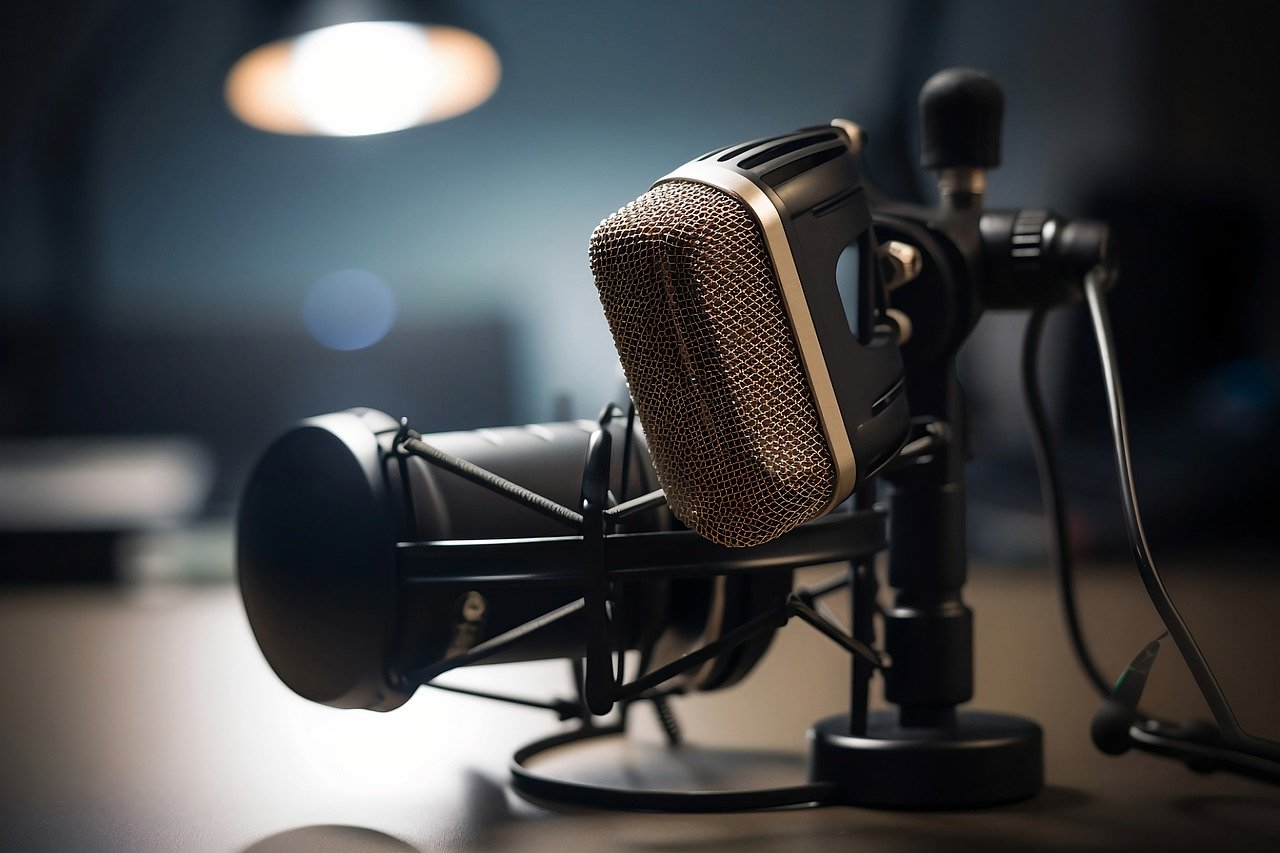The Overlooked "Silent Killer" of Health
I. How Does Noise Destroy Hearing?
-
Short-Term Exposure: A Warning Sign
After a high-decibel concert or exposure to drilling noises, many experience tinnitus or muffled hearing—a sign of damage to the inner ear’s hair cells. While such hearing loss typically recovers within 48 hours, repeated exposure accelerates auditory aging.
*Case Study: A 25-year-old who regularly used headphones at volumes exceeding 90 dB now has hearing levels equivalent to a 60-year-old.* -
Irreversible Long-Term Damage
Prolonged exposure (8+ hours daily) to noise above 85 dB (e.g., subway trains) permanently destroys inner ear hair cells, which cannot regenerate, leading to noise-induced hearing loss.
*Data: 17% of hearing-impaired individuals in China suffer from occupational noise exposure (China Hearing Health Report).*
II. Noise’s "Systemic Assault" on the Body
-
A Silent Threat to Cardiovascular Health
Studies show that every 10 dB increase in traffic noise raises hypertension risk by 7%-17%. Noise activates the sympathetic nervous system, causing blood vessel constriction and elevated heart rate, potentially triggering heart attacks over time.
Scientific Evidence: German research reveals a 75% higher heart disease risk among residents exposed to nighttime noise exceeding 55 dB. -
The Domino Effect of Sleep Deprivation
Nighttime noise as low as 40 dB (e.g., a humming refrigerator) disrupts deep sleep. Chronic sleep fragmentation suppresses growth hormone secretion, leading to stunted development in children and weakened immunity in adults.
Experiment: Subjects exposed to simulated traffic noise during sleep showed a 20% increase in cognitive errors the next day. -
An Invisible Driver of Mental Health Issues
Noise-induced stress triggers sustained cortisol release. Japanese studies found that children near airports have 20% lower verbal memory scores and higher anxiety rates compared to those in quieter areas.
III. Who’s Fueling the "Noise Crisis"?
-
Transportation Noise (over 60% of total): Aircraft takeoffs (120 dB), homes near highways (70-85 dB)
-
Community Noise: Square dance speakers (90-110 dB), construction drills (100 dB)
-
Workplace Hazards: Open-office noise (65 dB) reduces employee productivity by 40% (Journal of Environmental Psychology)
IV. A Three-Layer Defense Against Noise
-
Personal Protection
-
Use earplugs with an SNR (noise reduction rating) above 28 dB.
-
Follow the 60-60 rule: Keep headphone volume below 60%, limit use to 60 minutes daily.
-
-
Environmental Modifications
-
Install soundproof windows (reduces noise by 30-40 dB).
-
Add carpets and heavy curtains to absorb echoes.
-
-
Collective Action
-
Advocate for enforcement of the Noise Pollution Prevention and Control Law: Nighttime noise in residential areas should not exceed 45 dB.
-
Create "noise buffer zones": Planting 10-meter-wide trees near highways can reduce noise by 5-10 dB.
-







